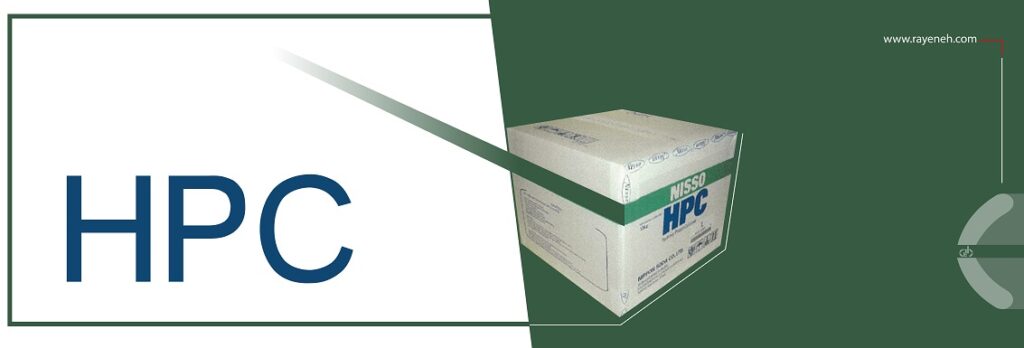
Hydroxypropyl cellulose, also known by the brand name E463, is a cellulose derivative that dissolves in both water and organic matter. Hydroxypropyl cellulose is an ether derivative of cellulose obtained by combining propylene oxide with various cellulose derivatives.
The average number of substituted hydroxyl groups per unit of glucose is known as degree of substitution.
Its degree of full replacement is 3. Hydroxypropyl cellulose has a combination of hydrophilic and hydrophobic groups, so its lower critical dissolution temperature (LCST) is 45°C.
At temperatures lower than the critical dissolution temperature, hydroxypropyl cellulose is soluble in water and insoluble at temperatures above this value.
| Properties | Value |
|---|---|
| variable molecular mass | (depending on its application) 2500000-40000 gr/mol |
| Low critical dissolution temperature | 45°C |
| Appearance | white powder or granules |
Application
- Artificial tears
- Lubricant for artificial eyes
- Emulsion stabilizer in the production of polymers
- Rheology modifier
- Screening matrix for DNA isolation
- As a binder in the production of medicinal tablets
- Cello gel production
Packing
This material is packed in 25 kg polyethylene bags or cardboard boxes.
Other names
- HPC substance
- 2-hydroxypropyl ether
- oxypropylated cellulose
- E463
- hyprolose
- Klucel EF
